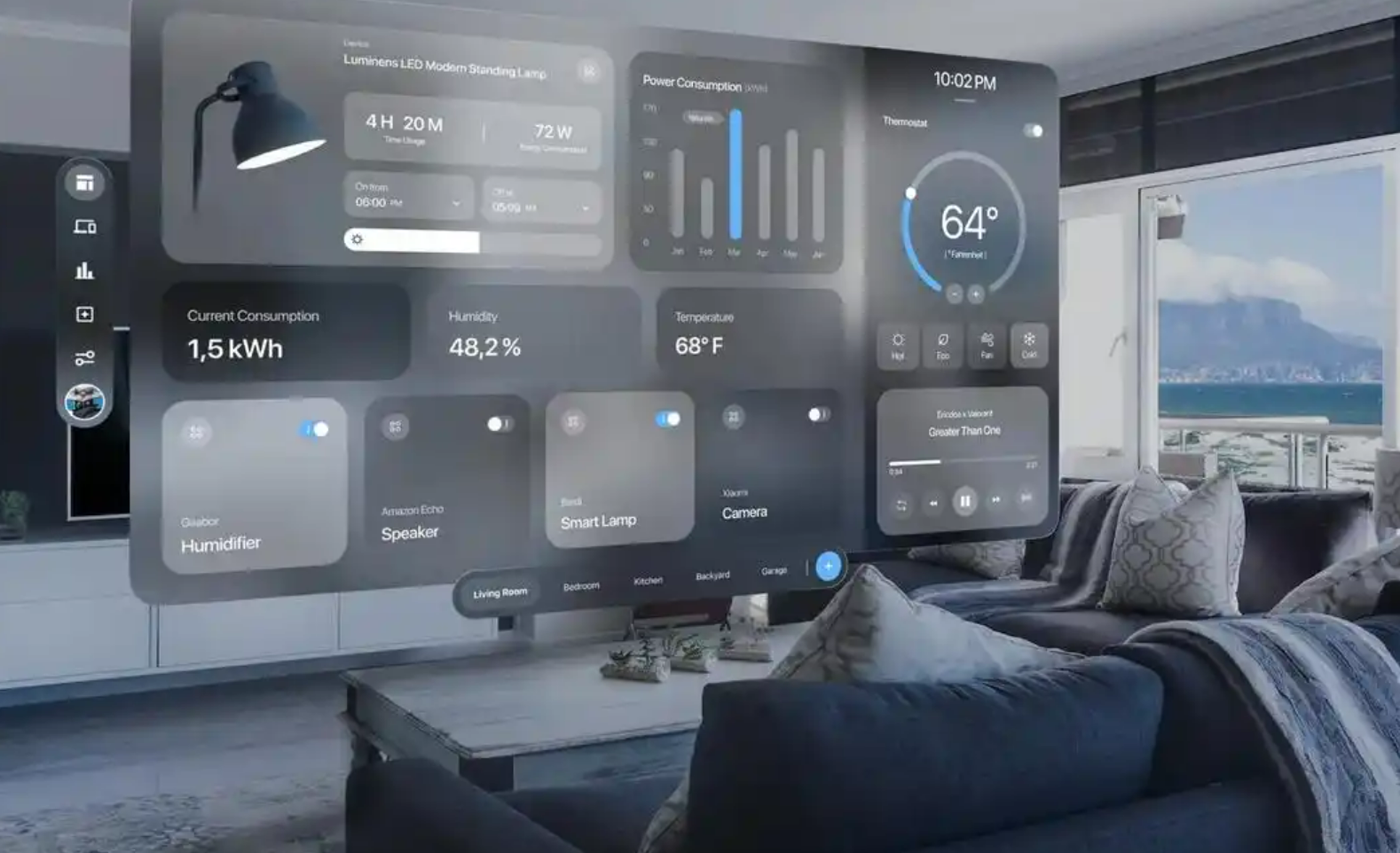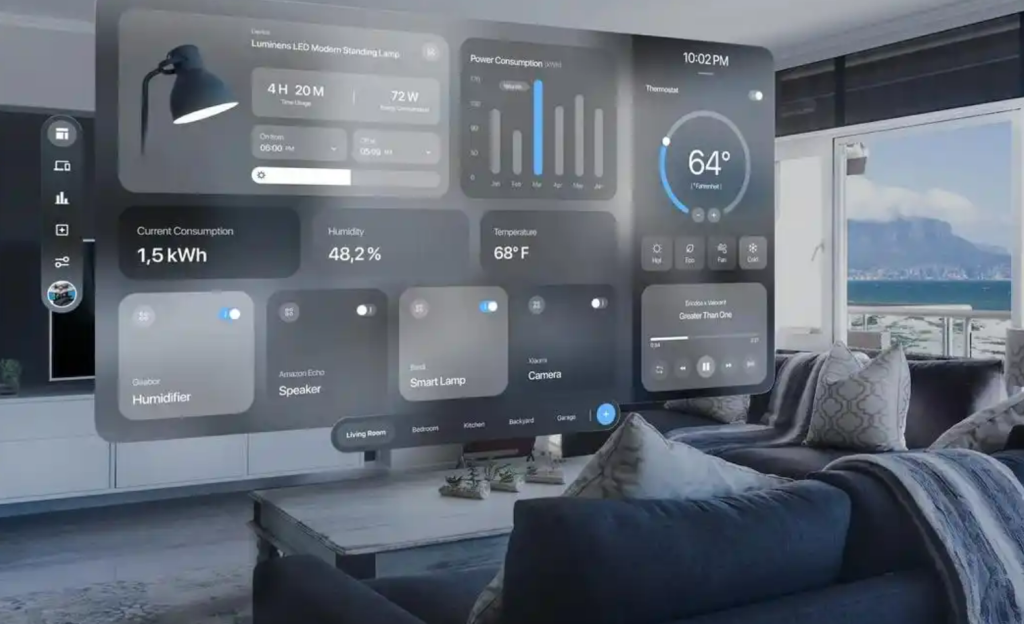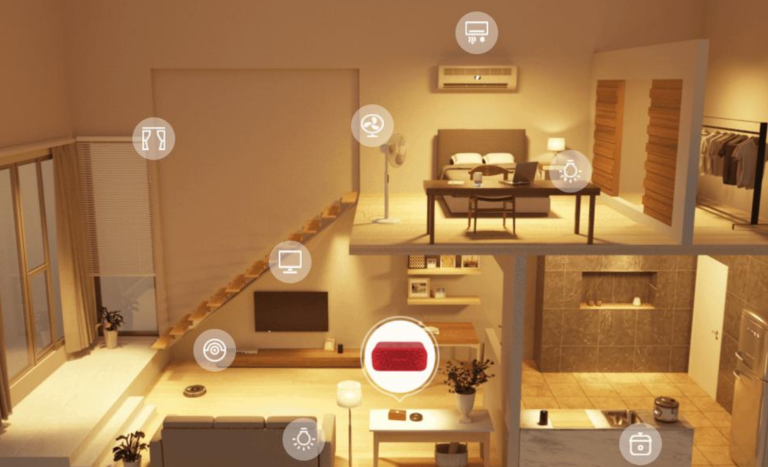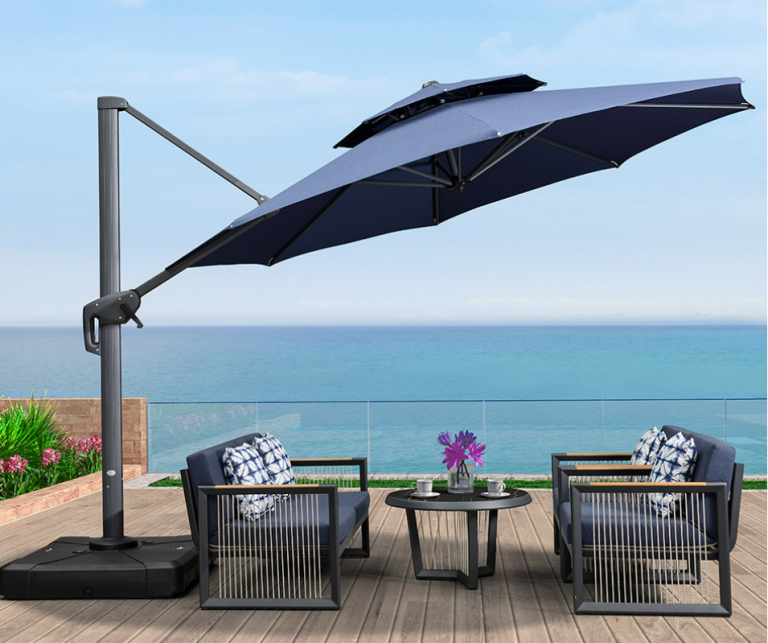

How to Build a Smart Home Ecosystem
Introduction: The Future of Living is Smart
Imagine waking up to your blinds automatically opening, your coffee brewing itself, and your thermostat adjusting to the perfect temperature—all before you even get out of bed. This isn’t a scene from a sci-fi movie; it’s the reality of a smart home ecosystem. With the right setup, your home can become more convenient, secure, and energy-efficient. But where do you start? This guide breaks down everything you need to know to build a seamless smart home ecosystem in 2025.
1. What is a Smart Home Ecosystem?
Beyond Gadgets: A Connected Lifestyle
A smart home ecosystem isn’t just about buying a few Wi-Fi-enabled devices. It’s about creating a network of interconnected systems that work together to automate and enhance your daily life. Think of it as a symphony where lights, locks, thermostats, and speakers play in harmony—controlled by you or even AI
.
Key Components of a Smart Home
- Smart Devices: Lights, thermostats, cameras, and appliances.
- Connectivity: Wi-Fi, Zigbee, or Z-Wave protocols.
- Control Interface: Voice assistants (Alexa, Google Assistant), apps, or hubs.
2. Planning Your Smart Home: Where to Start?
Assessing Your Needs and Budget
Ask yourself:
- What problems do I want to solve? (e.g., security, energy savings, convenience).
- How much am I willing to invest? Start small (e.g., smart bulbs) and scale up.
Choosing the Right Ecosystem
- Google Home: Best for Android users and Nest devices.
- Amazon Alexa: Widest device compatibility.
- Apple HomeKit: Top-tier security for iPhone lovers.
3. Essential Smart Home Devices for Beginners
Smart Lighting: The Foundation of Automation
- Philips Hue: Adjust colors and brightness via app or voice.
- Lutron Caséta: No hub required; works with existing switches.
Smart Thermostats: Energy Efficiency Made Easy
- Nest Learning Thermostat: Learns your schedule and saves energy.
- Ecobee: Room sensors for precise temperature control.
Smart Security: Protecting Your Home 24/7
- Ring Doorbell: Live video feeds and motion alerts.
- August Smart Lock: Keyless entry via smartphone.
4. Advanced Smart Home Integration
Voice Assistants: The Brain of Your Smart Home
- Set up routines like ”Good Morning” (lights on, thermostat adjusts, news brief).
Automation and Routines: Making Life Effortless
- ”Away Mode”: Lights turn off, thermostat adjusts, and cameras activate when you leave.
5. Ensuring Compatibility and Interoperability
Why Device Compatibility Matters
Mixed-brand setups can lead to frustration (e.g., a Hue bulb not working with HomeKit). Stick to one ecosystem where possible
.
Solutions for Mixed-Brand Setups
- Use bridges (e.g., Home Assistant) to connect incompatible devices.
6. Smart Home Hubs: Centralized Control
Do You Need a Hub? Pros and Cons
- Pros: Unified control, better reliability (Zigbee/Z-Wave).
- Cons: Extra cost (~50–200).
Top Hub Options in 2025
- Samsung SmartThings: Works with 1,000+ devices.
- Hubitat: Local processing (no cloud dependency).
7. Privacy and Security in a Smart Home
Protecting Your Data from Hackers
- Enable two-factor authentication (2FA) and firewall protections.
Best Practices for Secure Smart Homes
- Regularly update firmware.
- Use a separate Wi-Fi network for IoT devices.
8. Energy Efficiency and Sustainability
How Smart Homes Reduce Energy Waste
- Smart thermostats cut HVAC costs by 20–30%.
Solar Integration and Smart Grids
- Pair smart plugs with solar panels to optimize energy use.
9. Troubleshooting Common Smart Home Issues
Wi-Fi Connectivity Problems
- Fix: Upgrade to a mesh Wi-Fi system (e.g., Google Nest Wifi).
Device Pairing and Firmware Updates
- Always reset and re-pair stubborn devices.
10. The Future of Smart Home Ecosystems
AI and Predictive Automation
Soon, your fridge will order milk before you run out, and your lights will adjust based on your mood
.
5G and Edge Computing
- Near-zero latency for real-time automation.
Conclusion: Your Smart Home Journey Starts Now
Building a smart home ecosystem is a step-by-step process. Start with a few devices, learn their quirks, and gradually expand. The result? A home that’s not just smart but intuitively yours.
FAQs About Smart Home Ecosystems
1. What’s the cheapest way to start a smart home?
Begin with a smart plug (~20)orbulb( 15)
.
2. Can renters build a smart home?
Yes! Use portable devices like smart plugs or cameras
.
3. Do smart homes increase property value?
Yes—homes with smart tech sell for ~10% more
.
4. How do I fix devices that won’t connect?
Check Wi-Fi, reboot the hub, or reset the device
.
5. What’s next for smart homes?
AI-driven predictive automation and self-repairing systems






